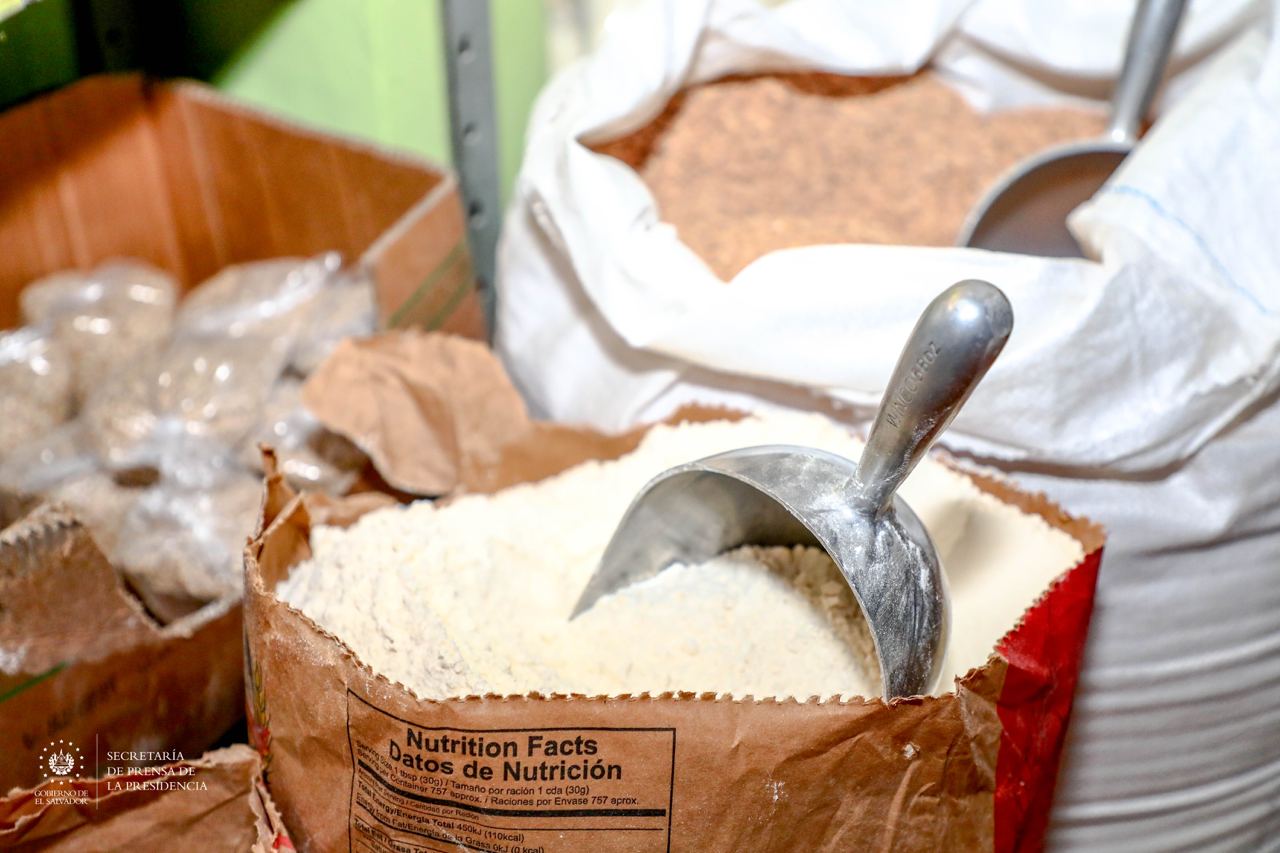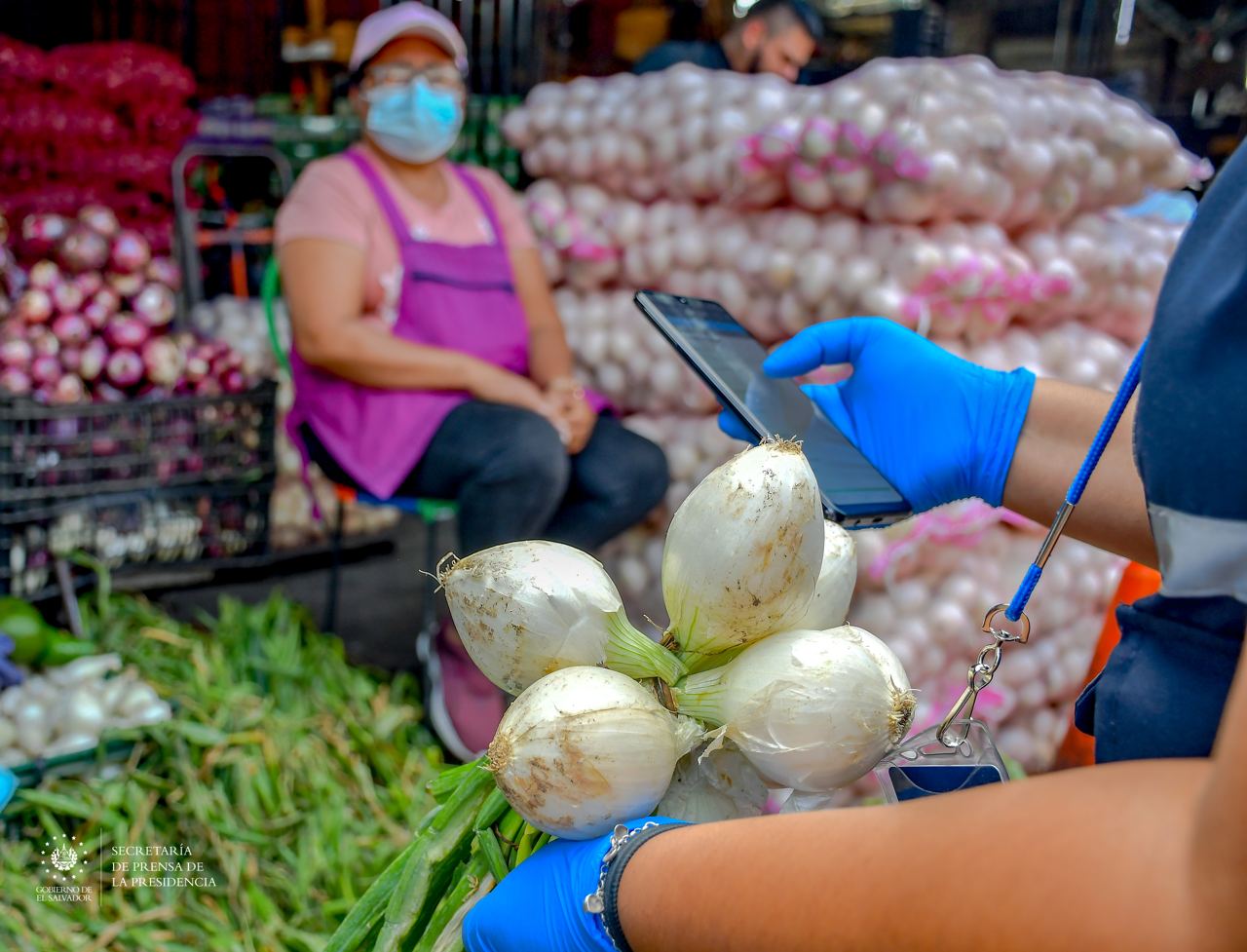However, the fall in prices is not expected to bring much relief to the nearly 350 million people worldwide who are food insecure. While food prices are expected to fall by 8% in 2023, they will be the second highest since 1975. Moreover, as of february this year, annual food price inflation stands at 20 percent worldwide, the highest in two decades.
"The spike in food and energy prices following Russia's invasion of Ukraine was largely overcome by slowing economic growth, a mild winter and reallocations in commodity trade", said Indermit Gill, chief economist and senior vice president of development economics at the World Bank. "However, this is little consolation for consumers in many countries. In real terms, food prices will continue to remain at one of the highest levels in five decades. Governments should avoid implementing trade restrictions and protect their poorest citizens through income support programs, rather than price controls".

Overall, commodity prices in 2023 are projected to decline by 21% from last year. Energy prices are projected to fall by 26 %, with crude oil prices averaging USD 84 a barrel, down 16 % from the 2022 average. Natural gas prices in Europe and the United States are projected to halve between 2022 and 2023, while coal prices are projected to fall by 42% in 2023. Likewise, fertilizer prices are projected to fall by 37%, representing the largest annual decline since 1974. However, they still remain close to their last peak seen during the 2008-09 food crisis.
Ayhan Kose, Deputy Chief Economist and Director of the World Bank's Outlook Group, said, "The fall in commodity prices over the past year has helped to reduce headline inflation around the world. However, central bank policymakers need to remain vigilant, as a wide range of factors, such as lower-than-expected oil supply, a more commodity-focused recovery in China, intensifying geopolitical tensions or unfavorable weather conditions, could push prices higher and reignite inflationary pressures".

Despite the notable declines expected this year, prices for all major commodity groups will continue to remain well above their 2015-19 average levels. Europe's natural gas prices will hover around nearly triple the average obtained in that period. Power and coal prices will also remain above their pre-pandemic average.
"Metal prices, which experienced a slight increase at the beginning of the year, are expected to fall by 8% from last year, mainly due to weak global demand and improved inputs", said Valerie Mercer-Blackman, senior economist at the World Bank's World Bank Outlook Group. "However, in the longer term, the energy transition could generate a significant increase in demand for some metals, especially lithium, copper and nickel".

A highlights section of the report assesses the performance of a wide variety of approaches used to project prices for seven industrial commodities (oil and six metals). One of the study's findings is that futures prices, which are widely used to project prices, often generate significant errors in the projections.
Econometric models based on multiple independent variables tend to perform better than other approaches and futures prices. The analysis suggests that increasing model-based projection approaches (incorporating the dynamics of commodity prices over time and controlling for other economic factors) improves the accuracy of projections.
Translated by: A.M
 English
English  Español
Español 
